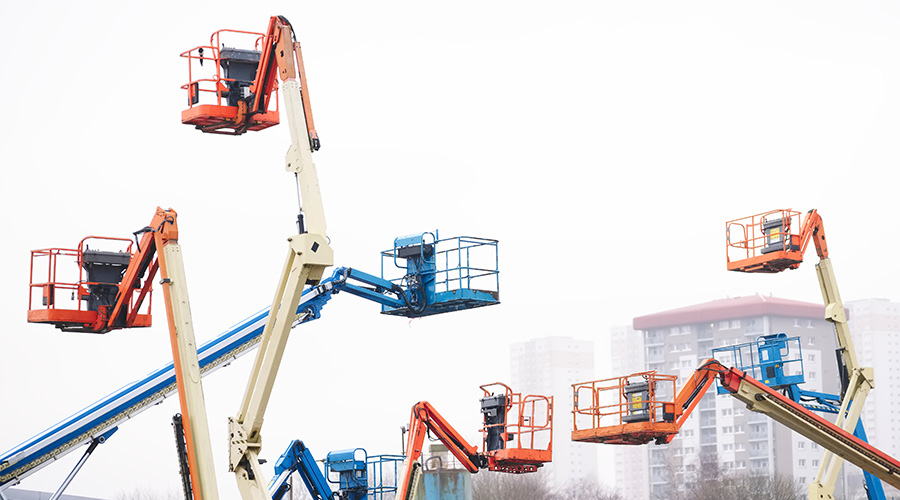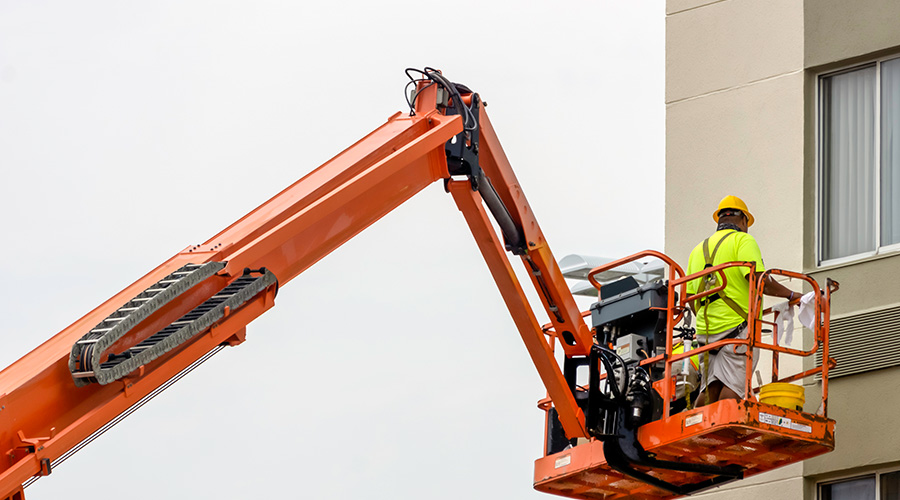 Many organizations underestimate the amount of space it takes to adequately store the required amount of spare parts and supplies to support a well-run maintenence organization.
Many organizations underestimate the amount of space it takes to adequately store the required amount of spare parts and supplies to support a well-run maintenence organization.Inventory Management: Strategies for Success
Inventory management systems can lead front-line technicians to quick easy access to materials.
Part one of a two part series.
In recent years, I have worked with more than a few organizations struggling with the supply and repair parts component of the maintenance process. As we all know, parts and supplies are critical to maintaining a facility. It does not matter whether you work in a world-class organization that plans and schedules all of your work, or if you work in an organization where workers fight to keep their heads above water and do everything in a reactive and emergency mode. In both cases, you need a storeroom that houses parts, equipment and materials to make the process successful.
Building blocks
How can managers set up and manage a storeroom to serve department needs no matter the type or size of the facility or organization? Let’s consider the key components for a successful storeroom.
Adequate space. Many managers underestimate the amount of space it takes to adequately store the required amount of spare parts and supplies needed to support a well-run maintenance organization. This is a difficult task to master in the early stages of setting up a world-class supply room. If you can capture all the current space you are occupying for all of your spares and add a little space for the future, you might be okay.
The key for addressing future needs is to make sure the current stock of parts and supplies is current and useful. Remove and discard everything that is not.
Proper staff. This requirement is difficult to master. If you have a strict culture of documenting all storeroom issues, then staff will not need to be the police and oversee the removal of parts and supplies. But this kind of culture is hard to find or develop. Most organizations need some storeroom employees to manage the checks and balances for parts issues and restocking. Managers definitely will need a staff person on first shift to receive parts, reorder replacement parts, perform routine cycle checks, issue parts, and maintain an orderly storeroom.
Managers can use standard security measures to handle off-shifts in order to ensure only authorized personnel are allowed into the storeroom. Upon leaving, they are required to document the parts and supplies they removed.
Walls and doors. The physical space must be strong and capable of being locked at all times. Doors must be wide enough to receive pallet shipped parts.
Security systems. The space should have a security system in place to ensure management always knows who entered the storeroom and who removed parts. Managers can accomplish this by having a storeroom attendant assigned to the supply function 24/7 if it is needed. If this is not an option, managers need to secure the room so that all employees entering must use a key card or other means of entry that can be tracked.
Even without an interactive system, management must be able to review the number of times workers enter the storeroom and determine the supplies they removed. Then they can compare the clipboard parts checked out to the number of times the workers were in the storeroom.
Related Topics:













